Consider adding a direct vent fireplace to add warmth and ambiance to a room in your home efficiently and attractively. Direct vent fireplaces provide the benefits of traditional wood-burning fireplaces and gas appliances. They have modern designs, low emissions, and are easy to install. By combining functional elements from both of these types of heating systems, the direct vent fireplace offers something that is both aesthetically pleasing and energy efficient – making them the perfect addition to any homeowner’s design plan. Read on to learn more about what makes this type of appliance so special!
What Is a Direct Vent Fireplace?
A direct vent fireplace is a kind of fireplace that utilizes an innovative design to offer efficient ventilation and heating. It’s ideal for homes where conventional chimneys are not feasible or desirable. This type of fireplace uses two pipes, one to draw in air from outside the home and another to expel fumes directly outdoors without requiring a chimney system. The heating solution is both safe and efficient, and it has a minimal effect on indoor air quality.
Direct vent fireplaces typically require less maintenance than traditional wood-burning units, making them a great choice for busy homeowners who want convenience without sacrificing warmth and ambiance. Besides providing increased safety and low maintenance requirements, direct vent fireplaces also feature attractive designs that can easily fit into any style of decor. With so many benefits, it’s easy to see why direct vent fireplaces are a popular choice for homeowners looking for an efficient and attractive way to heat their homes.
The advantages don’t stop there! Modern direct vent fireplaces also feature advanced technology that helps save energy while providing maximum warmth and comfort. [1]
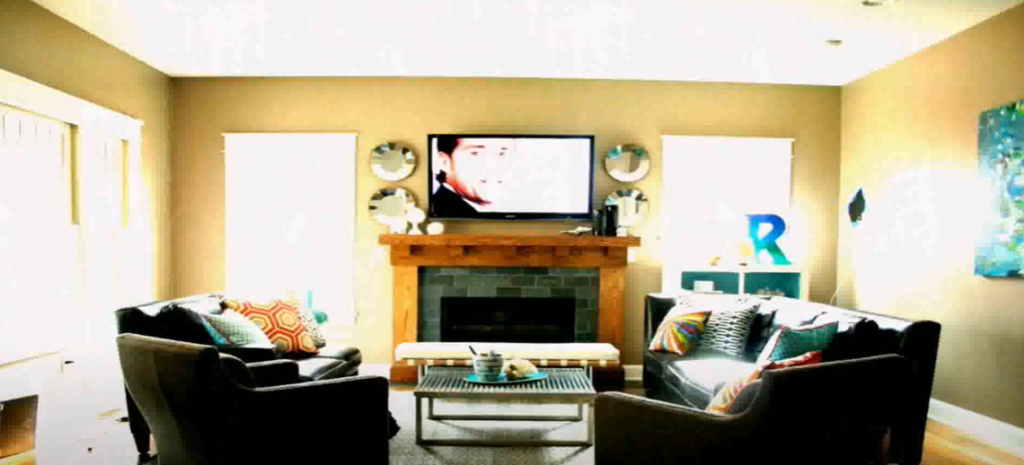
Primary Features of a Direct Vent Fireplace
Direct vent fireplaces feature a number of features that make them an attractive choice for home heating. The most important feature is their built-in, sealed combustion system, which ensures that all exhaust gasses are vented directly to the outside of the home and not into living spaces, making them much safer than traditional fireplaces. Additionally, direct vent fireplaces don’t require a chimney or any other type of venting system, so they can be installed in virtually any location within a home—even an interior wall!
Other benefits include low emissions (due to the combustion system), efficient heat output and minimal maintenance requirements. Also, with certain models you can even use glass fronts for added safety and aesthetic appeal. In short, direct vent fireplaces offer a safe, efficient and attractive option for home heating.
Finally, some direct vent fireplaces come with the added bonus of being able to convert from natural gas to propane fuel sources (or vice versa) if desired. This unique flexibility makes them even more appealing for homeowners who might not want to be tied down to one fuel source. All in all, direct vent fireplaces offer a great solution for those looking for an effective and aesthetically pleasing way to heat their homes. [2]
Benefits of Direct Vent Fireplaces
A direct vent fireplace is an excellent investment for any home or business. Not only do they provide warmth and ambiance, but they are also energy efficient, economical to operate, and safe. Direct vent fireplaces are easy to install and maintain because they do not require a chimney or flue pipe. The direct vent system draws combustion air directly from outside the residence while simultaneously dispersing exhaust gasses outdoors through a wall-mounted vent. This eliminates the need for a traditional masonry chimney, saving time and money on construction costs as well as maintenance costs in the long run.
Direct vent fireplaces are more efficient than traditional wood-burning fireplaces because they keep all the generated heat inside instead of releasing it up the chimney. They also have a much lower operational cost than wood and gas fireplaces, making them especially attractive for those looking to save money on their heating bill.
Finally, direct vent fireplaces are safer than traditional fireplaces due to the sealed combustion system that draws air from outside the home and exhausts it directly outdoors rather than releasing it into living space. This means there is no risk of carbon monoxide buildup in your home, creating a much healthier environment for you and your family.
Overall, direct vent fireplaces offer numerous benefits that make them well worth the investment for any homeowner or business owner. They provide warmth and ambiance without compromising safety or efficiency, making them an excellent addition to any property. [3]
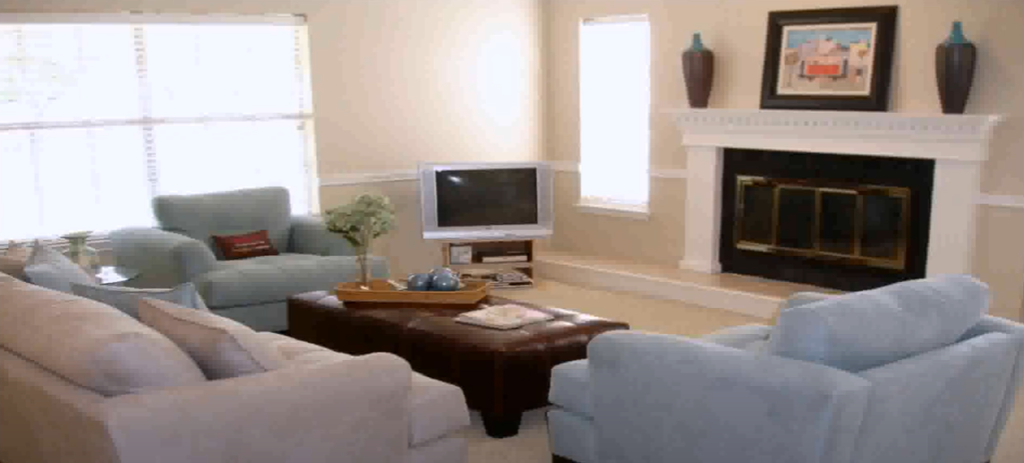
Cons of Direct Vent Fireplaces
While direct vent fireplaces are a great way to add warmth and ambiance to any home, they do come with some disadvantages. One downside is that the flame is not quite as realistic looking as a traditional wood-burning fireplace. Some people may find it hard to get used to the unnatural look of a gas burning flame.
Additionally, direct vent fireplaces can be more expensive than other types of fireplaces due to their complex design and installation process. They also require regular maintenance in order for them to operate correctly and efficiently, which can be an additional cost for homeowners.
Overall, while direct vent fireplaces are a great addition to any home, it is important to consider both the pros and cons before installing one. With proper installation and regular maintenance, a direct vent fireplace can be an efficient and beautiful addition to your home for years to come.
Where Can You Put a Direct Vent Fireplace?
A direct vent fireplace is designed to allow the use of a traditional-style fireplace without having to worry about the need for a chimney or flue. The direct venting system allows for exhaust gasses, including carbon monoxide, to be vented directly outside through an exterior wall instead of being routed up a chimney. This makes installation easier and more efficient since no masonry work and building regulations are required.
The flexibility of this type of fireplace also means that it can be installed in almost any room in your home – from living rooms, dining rooms, bedrooms and even bathrooms! As long as there is access to an exterior wall, you will be able to install your direct vent fireplace with ease. It’s important that the wall be sufficiently sturdy to support the weight of the fireplace, and that it has no obstructions or windows blocking its exit. Additionally, when installing a direct vent fireplace you should ensure that the exterior wall is well-insulated against cold weather so as not to allow drafts in.
Whether your home is traditional or contemporary, a direct vent fireplace can offer an attractive and efficient heating solution. With its flexibility and ease of installation, it’s easy to see why this type of fireplace is gaining popularity for both new construction projects and full renovations. [4]
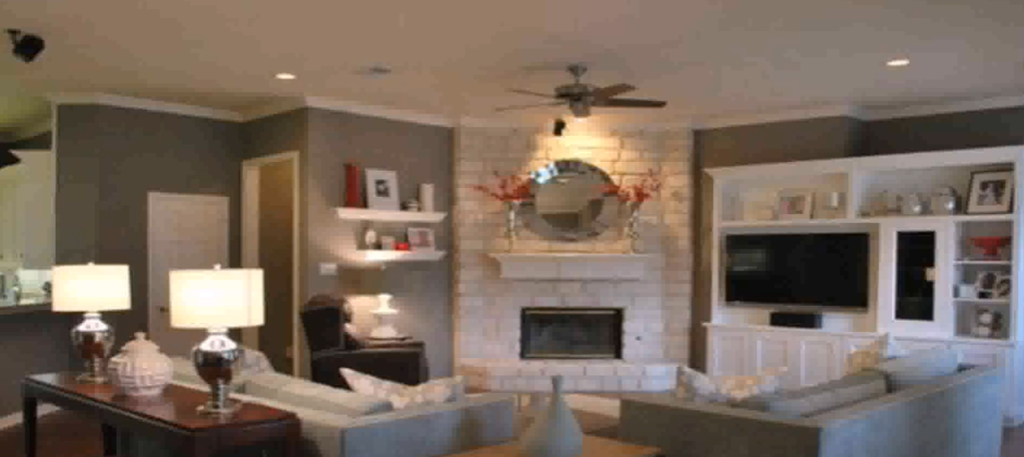
How to Install a Direct Vent Fireplace
Installing a Direct Vent Fireplace is not overly complicated, and can be done in only a few simple steps. To begin, you’ll need to prepare the area where the fireplace will be installed by properly measuring and marking out the space. Once this is complete, you can start putting together the unit itself.
The next step involves creating an airtight seal between the frame of your direct vent insert and your wall framing with insulation strips. This helps prevent any drafts from entering into your home. Following that, you’ll need to secure the firebox into its opening using anchors or lag screws for added support.
Next, you’ll want to attach the liner pipe to both sides of the firebox using a heat-resistant material. This helps provide a safe route for the burning gasses to escape from your fireplace safely and efficiently. Make sure that all connections are secure and airtight to prevent any leaks or hazardous gas buildup inside your home.
Once the liner pipe is in place, you can connect it to an outside venting system using drilling into the wall or roof of your home and attaching the necessary vent pieces. Once this is complete, you can now attach your direct vent insert’s frame to its corresponding sides of the firebox with screws or other fasteners as needed. Then finally, you’ll need to install the front glass panel and make sure that it fits securely against its surrounding frame.
By following these steps properly, you can easily have a fully operational direct vent fireplace up and running in no time. Make sure to always read the manufacturer’s instructions carefully and have any additional questions you may have answered by a qualified professional for your own safety.
Are Direct Vent Fireplaces Energy Efficient?
Yes, direct vent fireplaces are highly energy efficient! Direct vent fireplace inserts are installed directly in the home and use outside air for combustion. This means that they will not draw warm air from inside the home, keeping your energy costs low. A direct vent fireplace also cuts down on heat loss as it utilizes a sealed glass front that blocks drafts from entering the room.
Additionally, many direct vent fireplaces feature powerful blowers to help circulate heated air throughout the home for even more efficient heating. With these features combined, a direct vent fireplace can save you substantial amounts of money on your energy bills each month! [5]
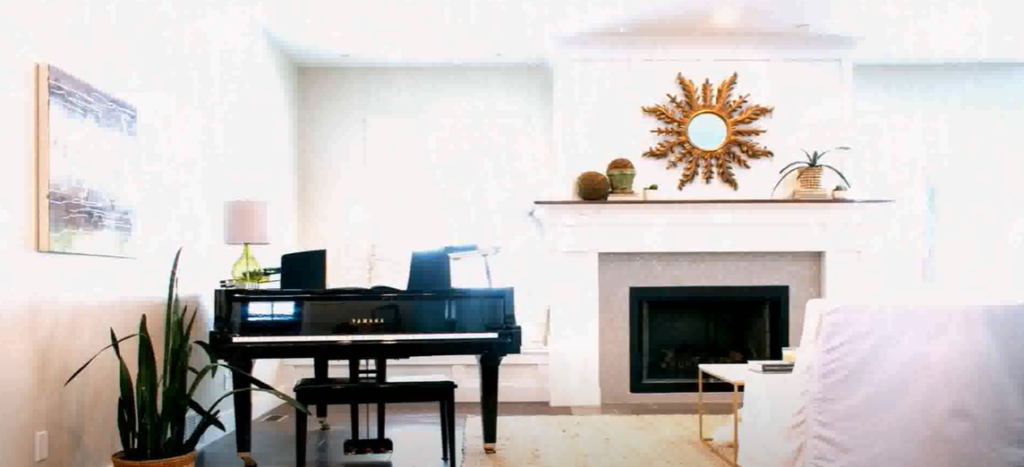
How Much Does It Cost to Run a Direct Vent Fireplace?
The cost of running a direct vent fireplace can vary depending on type, size, and fuel used. Generally speaking, the cost to run a direct vent gas fireplace is around 10-25 cents per hour, while an electric direct vent fireplace costs about 8-10 cents per hour for operation. In addition to these costs, there are other factors that may raise the total price of running a direct vent fireplace such as installation fees and repair costs.
To minimize the financial burden associated with operating your direct vent fireplace, it is important to have regular maintenance checks and service any necessary repairs as soon as possible. This will help keep the unit in working order and provide you with peace of mind when using it.
Will It Heat As Well As Other Gas Fireplaces?
A direct vent fireplace is a gas-powered appliance that relies on outdoor air for combustion, meaning it does not draw in air from the room in which it is installed.
As such, it can be highly efficient when compared to other types of gas fireplaces because no indoor heated or cooled air escapes through the chimney and exhaust flue. In terms of its heating performance, a direct vent fireplace will typically produce more heat than other gas fireplaces that require indoor air for combustion while also producing fewer emissions.
Ultimately, direct vent fireplaces are a great option for providing supplemental home heating as they maximize efficiency and minimize energy costs. In addition to their considerable heating performance, direct vent fireplaces also boast a wide array of aesthetic options, making them visually pleasing additions to any living space.
Types Of Direct Vent Fireplaces
Direct vent fireplaces are available in several styles and types. The most common type is the traditional freestanding unit, which looks like a classic wood burning stove but features a direct vent system.
Gas logs and inserts are also popular, as they allow you to convert an existing fireplace into a more efficient direct vent model.
Finally, there are wall-mounted units that provide heat directly from the wall, saving space and providing excellent heating efficiency.
No matter what style you choose, all direct vent fireplaces offer superior safety compared to traditional wood burning models due to their sealed combustion chambers. As such, these units can be installed without fear of dangerous carbon monoxide buildup or other potential hazards.
And best of all, direct vent fireplaces come in a variety of styles and finishes, so you’re sure to find one that fits your décor and lifestyle.
Whether you’re looking for an efficient way to heat your home or just want the ambiance of a roaring fire, direct vent fireplaces offer all the benefits and style of any traditional fireplace with none of the hassle. So why not consider adding one to your home today? You won’t be disappointed! [6]
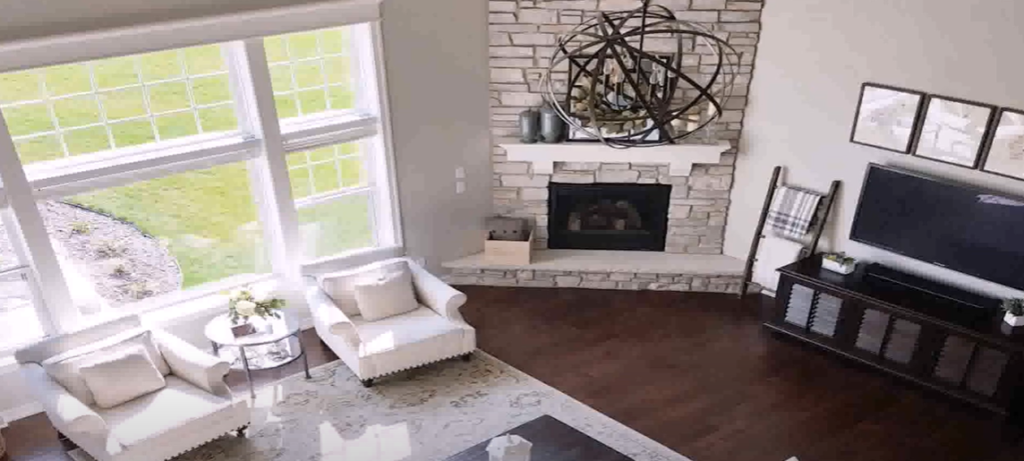
How Do You Care For Your New Fireplace?
Caring for your new direct vent fireplace is important to ensure it works properly and you get the most out of its efficiency. Here are a few tips:
- Regularly check and clean the air intake filter. This helps maintain good airflow, which is essential for efficient operation.
- Schedule regular maintenance with a certified technician every year or two to inspect and clean the unit, as well as test all components for proper operation.
- Be sure to use only approved fuel types in the fireplace — using a non-approved type may damage the unit or create hazardous conditions in your home.
- Use extreme caution when operating this appliance — never leave it unattended and make sure all doors and windows are closed when it is in use.
- Keep combustible materials away from the unit and always follow instructions in the owner’s manual.
Following these simple steps will help keep your direct vent fireplace running safely and efficiently for many years to come! [7]
FAQ
What is the difference between direct vent and vented fireplace?
Direct vent fireplaces are sealed combustion systems that draw air for combustion directly from the outside; their exhaust is also expelled to the outdoors. This makes them an ideal choice for homes with limited space or where indoor air quality is a priority, as they do not require a chimney system and will not affect your home’s indoor air. Vented fireplaces, on the other hand, would need to be connected to an existing chimney and can negatively impact indoor air quality by drawing in air from inside the home and making it susceptible to pollutants like soot and carbon monoxide. Additionally, vented fireplaces have higher installation costs since a flue liner needs to be installed or replaced in order for them to operate safely.
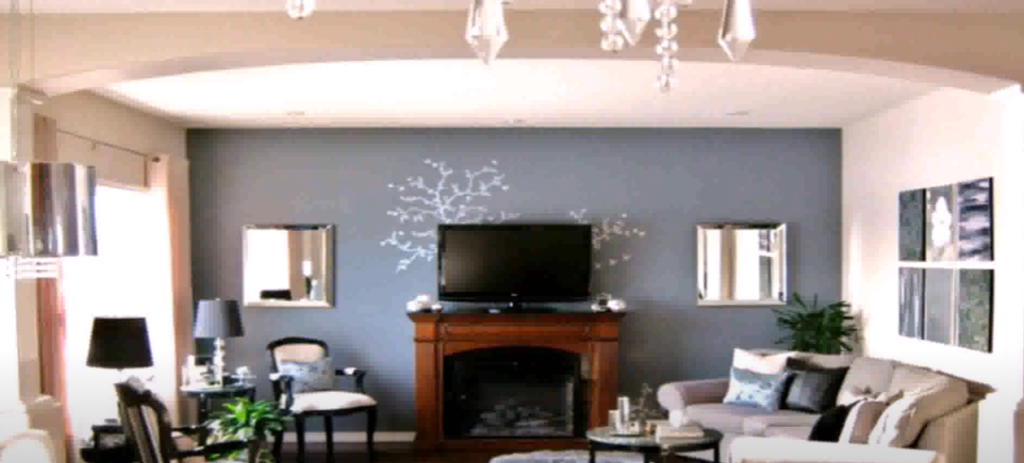
What does direct vent mean on a fireplace?
A direct vent fireplace is a prefabricated, sealed system that has an inner and outer pipe. The air for combustion is drawn from the outside directly into the firebox of the unit, and exhaust gasses are then vented out through the outer pipe. This type of system does not draw air from inside of your home to operate, making them much more efficient than open-flamed units. Direct vent fireplaces offer a wide range of benefits, including greater energy efficiency and better comfort levels in your home. With this type of fireplace, you get consistent heat output without any drafts or smoke entering your living space. Additionally, direct vent fireplaces can be installed anywhere within your home as they require no additional ventilation systems to function properly.
Do direct vent fireplaces need a chimney?
No, direct vent fireplaces do not need a chimney. The inner and outer pipes of a direct vent fireplace are designed to provide the necessary ventilation for operation, meaning no additional modifications or connections to your existing home ventilation system are required. This makes installation much easier and more cost-effective than traditional wood-burning fireplaces that require a chimney.
How do I know if I have a direct vent fireplace?
Direct vent fireplaces are usually labeled with a “direct vent” label on the outside of the unit. Additionally, direct vents will have two pipes attached to them – one for intake and the other for exhaust. If your fireplace does not have these pipes and labels, it is likely not a direct vent model. Overall, direct vent fireplaces are a great option for those looking to add more warmth and comfort to their homes without needing to install an expensive chimney system. They offer increased energy efficiency, better safety levels, and can be installed in any room within your home with minimal effort.
What are the cons of a direct vent fireplace?
While direct vent fireplaces offer a variety of advantages, there are some drawbacks as well. One disadvantage is that the installation process can be more complicated and labor intensive than with other types of fireplaces. Direct vent fireplaces need to be properly vented through an outside wall or roof, so this requires extra time and money for proper installation. Additionally, direct vent fireplaces require electricity to power the blower fan which circulates heated air throughout the room. If you experience a power outage, your direct vent fireplace will not work until power is restored. Finally, due to their design, direct vent fireplaces tend to look less aesthetically pleasing than traditional wood-burning or gas-burning models. As such, it may not fit in with a traditional home décor.
Useful Video: What is a Direct Vent Gas Fireplace
Conclusion
A direct vent fireplace is an excellent choice for homeowners who want to enjoy the warmth and ambience of a fire without having to worry about smoke or fumes infiltrating their home. It provides efficient heat while also providing a beautiful focal point in any room. With so many designs, styles, and sizes available to choose from, it’s easy to find the perfect direct vent fireplace to fit your needs and budget. Whether you are looking for something sleek and modern or classic and traditional, there’s sure to be a direct vent fireplace that will provide years of enjoyment for your family.
References:
- https://www.heatnglo.com/ideas/understanding-how-direct-vent-works
- https://www.regency-fire.com/en/Blog/Benefits-of-Direct-Vent-Gas-Fireplaces
- https://www.fireplacesdirect.com/blog/what-is-a-direct-vent-fireplace
- https://www.efireplacestore.com/five-things-about-direct-vent-fireplaces.html
- https://www.woodlanddirect.com/direct-vent-vs-ventless-gas-fireplaces.html
- https://europeanhome.com/news/the-benefits-of-a-direct-vent-gas-fireplace/
- https://www.napoleon.com/en/ca/fireplaces/what-direct-vent-fireplace

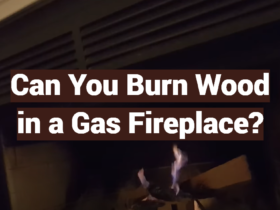
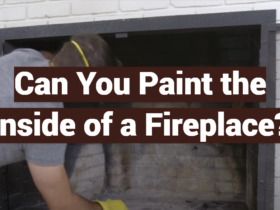

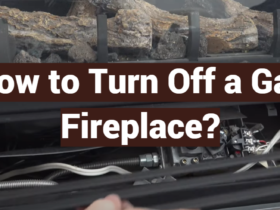
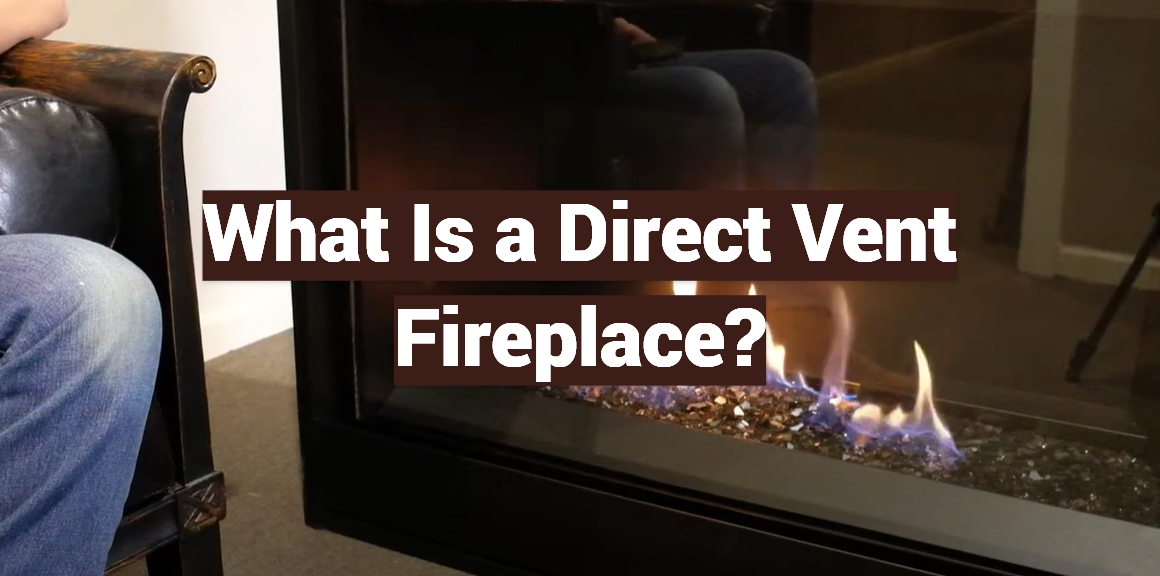
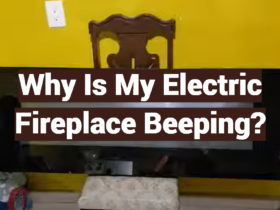
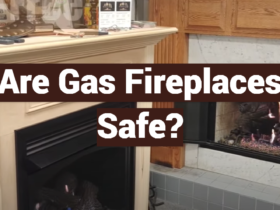

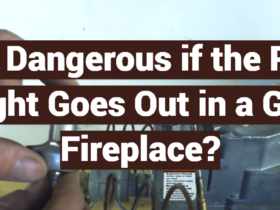
Leave a Review